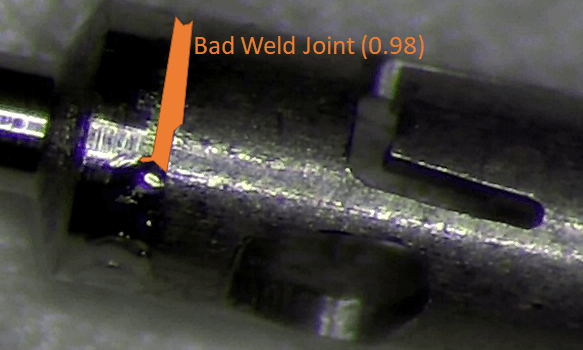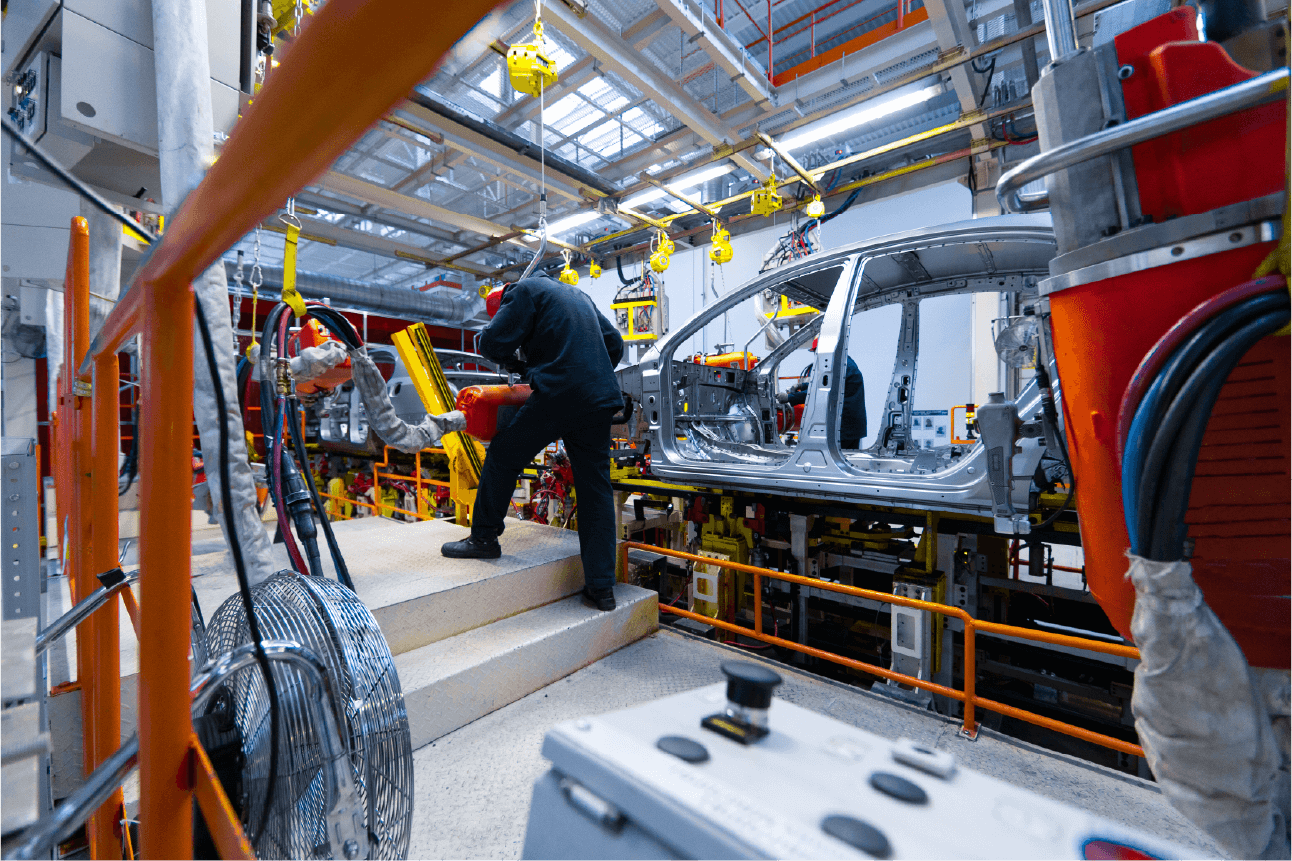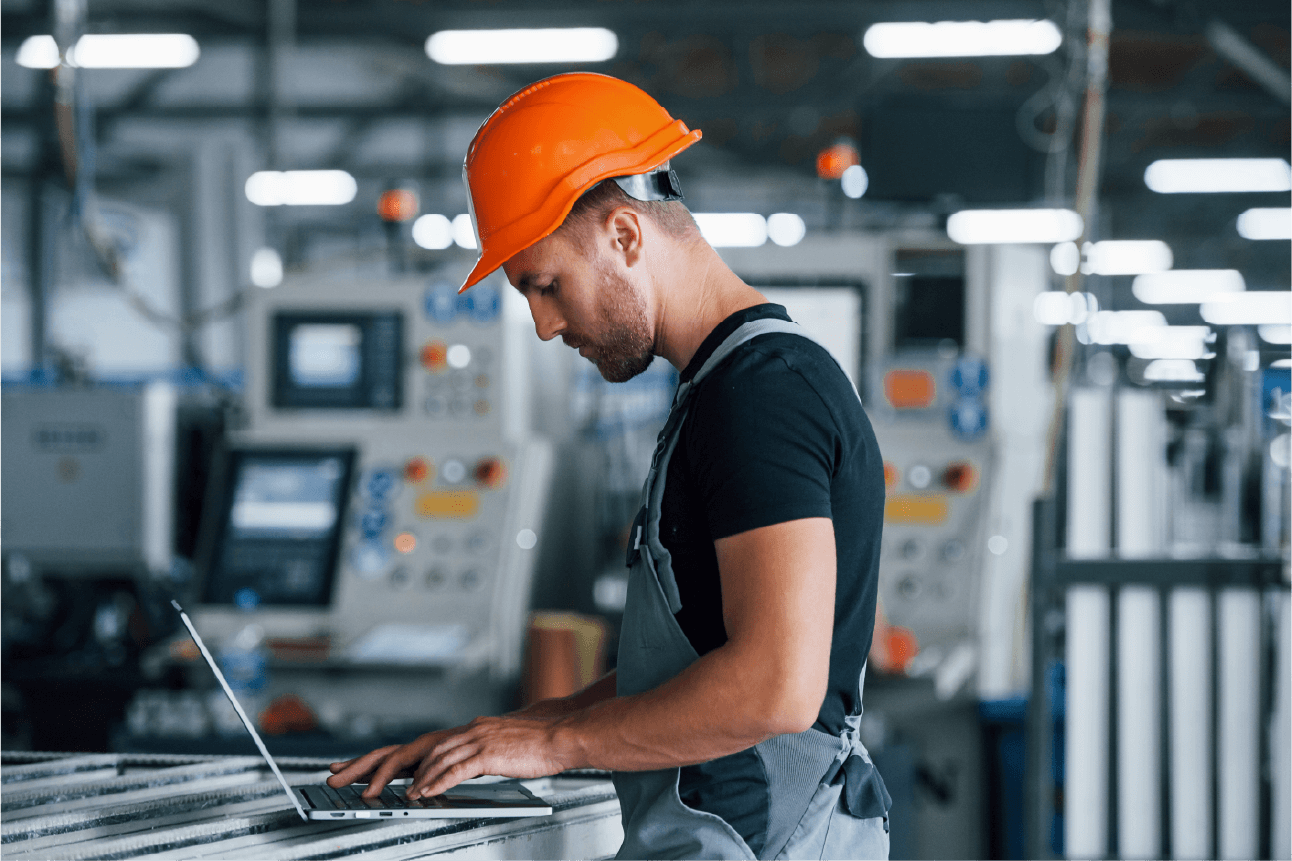While modern manufacturing is highly automated, most quality inspection efforts require human eyes. Loopr builds artificial intelligence (AI) products to help humans with quality inspection. AI-based visual inspection reduces human error, improves efficiency, and helps combat labor shortage issues. AI systems are taught to detect defects like a company trains its employees to inspect its products.
Manufacturing companies hire new employees who undergo initial training specific to manufacturing and quality assurance for the company's products. Next, they are often paired with senior operators or quality inspectors for on-the-job training, where they observe the work and processes and are gradually handed the reins to perform the work themselves. Employees that gain significant experience and demonstrate a strong command of their job in time may become trainers and mentors to future employees.
Loopr takes a similar approach to train its AI systems. Much in the same way new employees are trained, our AI systems start with initial training that includes collecting a basic set of pictures of good products as well as examples of different types of defects that can be found in the company’s products, for example, scratches, chips, or inclusions on cast aluminum parts. The AI system attains a baseline understanding of good and bad products and can accurately identify some defects from this initial training.
Subsequently, the AI system is used in parallel with the existing manual inspection process. This is akin to the on-the-job training humans often receive. Each product inspected by a human is also shown to the AI system. The AI system may accurately identify defects in some of the parts. Initially, it will likely get more inspections wrong than correct. On a regular cadence – say once a week – a supervisor from the company reviews the AI system’s inspections and notes where it was correct and incorrect. AI systems crave this feedback loop. Understanding where it’s working accurately and where it’s failing helps the AI system improve. Depending on the volume of inspections the AI system is allowed to process and the frequency of the human feedback, the AI system usually attains human level performance within 2-6 weeks.
At this stage, a company may have developed trust in the AI system to allow it to take the lead on inspections or serve as a second inspector in what was formerly a two-pass quality validation process. The need for providing performance feedback to the AI system becomes less frequent as minor, incremental performance improvements are made at this stage.
Companies with growing confidence in their AI system’s performance find less fear in learning their best inspector is retiring or that they need to expand to a second shift to meet production targets. The AI system has benefited from the company’s training and improvements bestowed by the operators and inspectors providing feedback. The AI system provides the performance of the company’s best operator all day, every day, and works second and third shifts while never needing a vacation or bathroom break.


%201.svg)

.svg)




.png)

